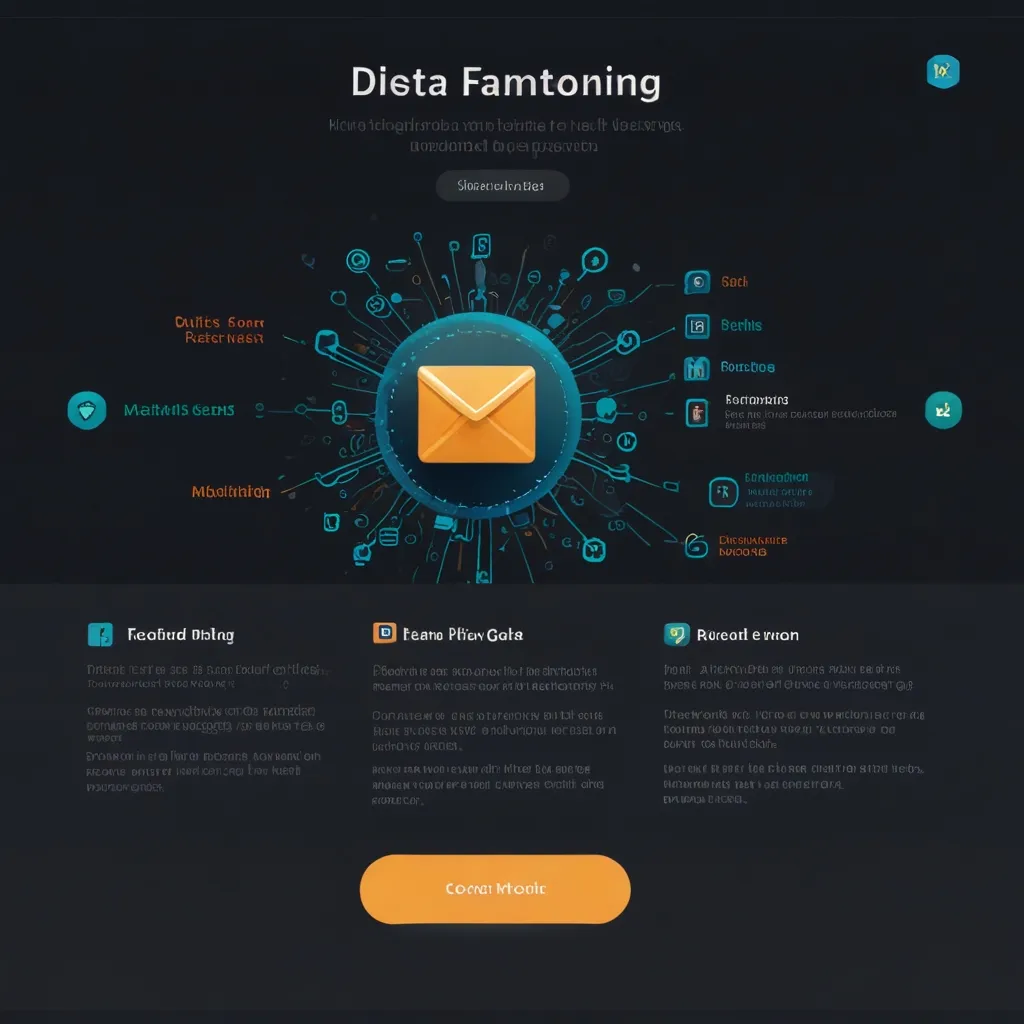NestJS and machine learning? Talk about a power couple! As a developer who’s always on the lookout for cutting-edge tech combos, I couldn’t resist diving into this fascinating world. And let me tell you, it’s been quite the journey.
Picture this: you’re building APIs that don’t just respond to requests, but actually learn and adapt. That’s the magic of integrating TensorFlow with NestJS. It’s like giving your backend a brain!
Now, I know what you’re thinking. “Isn’t machine learning just for data scientists?” Not anymore, my friend. With NestJS and TensorFlow joining forces, we can bring AI capabilities right into our web applications. It’s like having a data scientist on your team, without the hefty salary (sorry, data scientists!).
Let’s start with the basics. NestJS is a progressive Node.js framework that’s been gaining traction faster than a cat video on social media. It’s built with TypeScript and takes inspiration from Angular, making it a favorite among developers who love structure and modularity.
On the other hand, TensorFlow is the cool kid in the machine learning playground. Created by the folks at Google, it’s an open-source library that makes implementing machine learning models as easy as pie (well, almost).
So, how do we bring these two powerhouses together? It’s actually simpler than you might think. First, we need to set up our NestJS project and install the necessary TensorFlow packages.
npm init nest-app my-smart-api
cd my-smart-api
npm install @tensorflow/tfjs-node
With that out of the way, let’s create a simple machine learning model. For this example, we’ll build a linear regression model that predicts house prices based on square footage. Because who doesn’t want an API that can predict real estate prices, right?
import * as tf from '@tensorflow/tfjs-node';
export class HousePriceModel {
private model: tf.Sequential;
constructor() {
this.model = tf.sequential();
this.model.add(tf.layers.dense({ units: 1, inputShape: [1] }));
this.model.compile({ optimizer: 'sgd', loss: 'meanSquaredError' });
}
async train(xs: number[], ys: number[], epochs: number = 100) {
const inputs = tf.tensor2d(xs, [xs.length, 1]);
const labels = tf.tensor2d(ys, [ys.length, 1]);
await this.model.fit(inputs, labels, {
epochs: epochs,
callbacks: {
onEpochEnd: (epoch, logs) => {
console.log(`Epoch ${epoch}: loss = ${logs.loss}`);
}
}
});
}
predict(x: number): number {
const input = tf.tensor2d([x], [1, 1]);
const prediction = this.model.predict(input) as tf.Tensor;
return prediction.dataSync()[0];
}
}
Now that we have our model, let’s integrate it into a NestJS service:
import { Injectable } from '@nestjs/common';
import { HousePriceModel } from './house-price.model';
@Injectable()
export class HousePriceService {
private model: HousePriceModel;
constructor() {
this.model = new HousePriceModel();
this.trainModel();
}
private async trainModel() {
const squareFootages = [1000, 1500, 2000, 2500, 3000];
const prices = [200000, 300000, 400000, 500000, 600000];
await this.model.train(squareFootages, prices);
}
predictPrice(squareFootage: number): number {
return this.model.predict(squareFootage);
}
}
And finally, let’s create a controller to expose our smart API:
import { Controller, Get, Param } from '@nestjs/common';
import { HousePriceService } from './house-price.service';
@Controller('house-price')
export class HousePriceController {
constructor(private readonly housePriceService: HousePriceService) {}
@Get(':squareFootage')
predictPrice(@Param('squareFootage') squareFootage: number) {
const price = this.housePriceService.predictPrice(squareFootage);
return { squareFootage, predictedPrice: price };
}
}
And voila! We now have a smart API that can predict house prices. It’s like having a crystal ball, but way more scientific (and probably more accurate).
But wait, there’s more! This is just scratching the surface of what’s possible with NestJS and TensorFlow. Imagine building APIs that can recognize images, understand natural language, or even generate creative content. The possibilities are as endless as my caffeine intake during a coding session.
One of the coolest things about this setup is how seamlessly it integrates with NestJS’s dependency injection system. You can easily inject your machine learning models into different parts of your application, making your entire backend smarter.
For example, you could create a sentiment analysis service that analyzes customer feedback:
import * as tf from '@tensorflow/tfjs-node';
import * as use from '@tensorflow-models/universal-sentence-encoder';
@Injectable()
export class SentimentAnalysisService {
private model: use.UniversalSentenceEncoder;
async onModuleInit() {
this.model = await use.load();
}
async analyzeSentiment(text: string): Promise<number> {
const embeddings = await this.model.embed([text]);
const sentiment = tf.tidy(() => {
const prediction = this.predictSentiment(embeddings);
return prediction.dataSync()[0];
});
return sentiment;
}
private predictSentiment(embeddings: tf.Tensor): tf.Tensor {
// Implement your sentiment prediction logic here
// This is a placeholder and would need a trained model
return tf.scalar(0.5);
}
}
You could then use this service in various parts of your application, from customer support ticketing systems to product review analytics.
But here’s the thing: with great power comes great responsibility (thanks, Uncle Ben). When working with machine learning models in a web application, you need to be mindful of performance. These models can be resource-intensive, so you might want to consider strategies like caching predictions or running your models on separate, more powerful instances.
Also, don’t forget about data privacy and security. If you’re handling sensitive data, make sure you’re following all the necessary regulations and best practices. Nobody wants their house price predictions to lead to a data breach!
As I’ve been experimenting with this NestJS-TensorFlow combo, I’ve had my fair share of “aha!” moments and facepalms. There was this one time I accidentally trained my model on cat weights instead of house square footage. Let’s just say the resulting API was purr-fectly useless (sorry, I couldn’t resist).
But jokes aside, the learning curve is totally worth it. The ability to create APIs that can learn and adapt opens up a whole new world of possibilities. It’s like giving your application a superpower.
And the best part? This field is constantly evolving. New tools and techniques are popping up faster than I can keep up with (and trust me, I try). It’s an exciting time to be a developer, especially if you’re into both web development and machine learning.
So, whether you’re building the next big thing in real estate tech, creating a smarter customer service platform, or just want to impress your colleagues with some AI magic, give this NestJS-TensorFlow combo a shot. Who knows? You might just end up creating an API so smart it starts giving you coding advice!
Remember, the key to success in this field is curiosity and persistence. Don’t be afraid to experiment, break things, and learn from your mistakes. And most importantly, have fun with it! After all, if we can’t enjoy playing with cutting-edge tech, what’s the point?
So go ahead, dive in, and start building those smart APIs. Your future self (and your applications) will thank you. And who knows? Maybe one day we’ll have APIs so smart they can predict the next big programming trend. NestJS with quantum computing, anyone? Now that’s a blog post I’d love to write!






